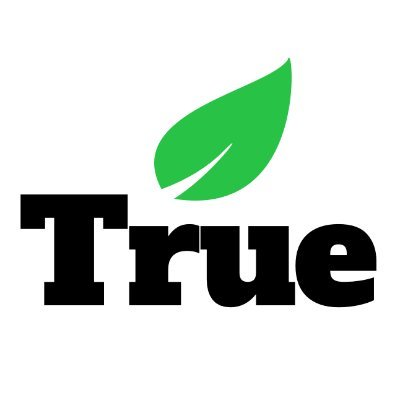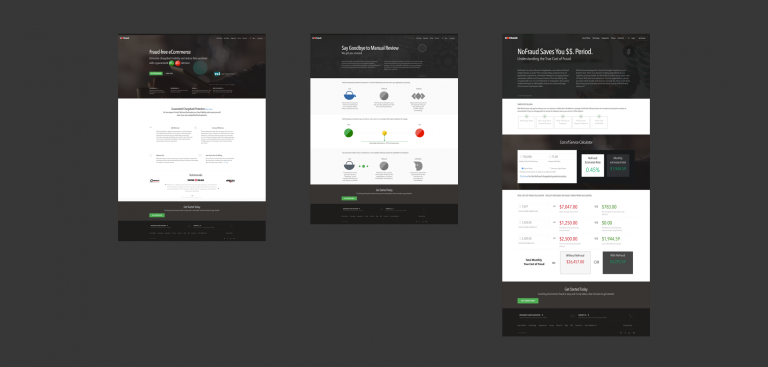EDITOR’S NOTE: This article is about how higher education marketing teams can transform their current strategies using digital transformation. True Interaction built SYNAPTIK, our Data Management, Analytics, and Data Science Simulation Platform, specifically to make it easy to collect and manage data, including marketing data, for more meaningful insights. For more information or a demo, please visit us at https://synaptik.co/ or email us at hello@www.true.design.
Higher Education = Big Business. The quest to maintain billion dollar endowments, high-priced sports teams and world-class facilities has in part ignited an admissions arms race to attract the best students. So how can marketing teams improve their current efforts to guide top prospective talent to their campuses? Below are some innovative ideas for how university marketing teams can update and refine their strategies to maintain positioning in the competitive higher education market.
But first, a definition of terms:
Inbound Content Marketing: Inbound content marketing provides information, an improved customer experience and builds trust by offering potential customers with content they value via company sponsored newsletters, blogs and entries on social media platforms.
Social Listening: Social listening is the process of monitoring digital conversations to understand what customers are saying about a brand and industry online.
Retargeting: a form of marketing by which online advertising is targeted to consumers based on their previous Internet actions.
Upgrading Your Higher Education Digital Strategy
Influencer Marketing. Savvy university marketing teams have begun leveraging social influencers to attract students as part of their content acquisition marketing strategy. For modest fees, teams can contract social influencers on YouTube, Twitter, Instagram and Facebook (among others) to provide sponsored content across the media channels the youth are gravitating toward. But how can universities identify the right influencers for their brands, especially given the range of different universities in the U.S. and beyond? Much of the heavy lifting can now be done by social influencer marketplaces such as Julius that provide marketers with the opportunity to search thousands of influencer profiles across a number of criteria, including pricing. These services help the university tell their stories in a more organic way to their prospective enrollees.
Competitive Social Listening. University marketing teams spend endless amounts of time refining their brand message to prospective students, but they may be clueless as to what their competition is doing to attract away their potential students. Social listening tools allow marketing teams to monitor the behavior of their competitors across social channels, internal blogs, as well as the web in general, to piece together a better understanding of how cross-recruiting are positioning themselves. This knowledge allows for university marketing teams to hone their brand positioning and image in ways that allow them to stay one step ahead of competitors.
Retargeting. Sports events, summer camps and recruitment open-houses are fantastic ways for universities to make a strong first impression on potential students. Once they have been to campus, it also becomes much easier to retarget these individuals once they leave campus. Once a visitor’s phone searches for a signal and pings of a university wifi source, marketing teams can use software to gather anonymized movement data including information on where the individual went shopping or ate lunch following a campus visit. Marketing teams can then identify patterns in visitor behavior (i.e. 56% go to Starbucks, 23% go to Dick’s Sporting Goods) and then retarget these individuals by sending them advertisements when visit these secondary locations.







